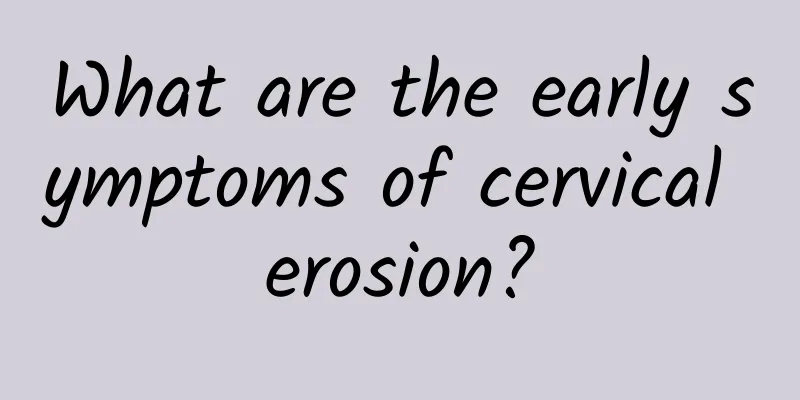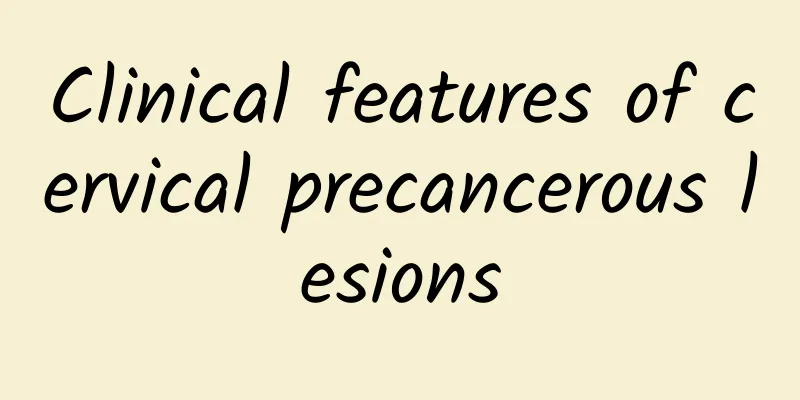What is a cervical cyst?

|
Cervical nabothian cyst is a chronic inflammation of the cervix. It is usually caused by local damage to the cervix or inflammation of the cervix, which leads to narrowing or occlusion of the glandular duct opening, so that the glandular secretions cannot be discharged normally and are retained in the cervix. Cervical nabothian cysts mostly occur in women of childbearing age. Usually there are no obvious symptoms, but occasionally there may be symptoms such as cervical hypertrophy and cervical erosion. 1. Cause: The causes of cervical nabothian cyst mainly include local cervical injury, cervical inflammation, long-term chronic inflammatory stimulation, etc. 2. Symptoms: Cervical nabothian cysts usually have no obvious symptoms, but a few patients may experience cervical hypertrophy, cervical erosion and other symptoms. If combined with infection, symptoms such as increased vaginal discharge, color changes, and odor may occur. 3. Diagnosis: The diagnosis of cervical nabothian cyst mainly relies on gynecological examination and ultrasound examination. Gynecological examination can show small cysts protruding from the surface of the cervix, and ultrasound examination can show cystic lesions in the cervix. 4. Treatment: For asymptomatic cervical Nabothian cysts, treatment is usually not required; for patients with symptoms or concurrent infections, drug therapy, physical therapy or surgical treatment can be used. Cervical Nabothian cyst is a common manifestation of chronic cervical inflammation. It is mostly asymptomatic, but occasionally there may be symptoms such as cervical hypertrophy and cervical erosion. Diagnosis mainly relies on gynecological examination and ultrasound examination. For asymptomatic cervical Nabothian cyst, treatment is usually not required; for patients with symptoms or concurrent infection, appropriate treatment measures can be taken. The key to preventing cervical Nabothian cyst is to keep the vulva clean, avoid unclean sexual behavior, perform regular gynecological examinations, and detect and treat cervical inflammation and other related diseases as early as possible. |
<<: What causes ovarian cysts?
>>: What are the symptoms of 2nd degree uterine prolapse
Recommend
What should women pay attention to during the treatment of cervicitis? 6 things patients with cervicitis need to pay attention to
Many female patients with cervicitis will miss th...
Why can't you eat bananas when you have uterine fibroids?
Why can't patients with uterine fibroids eat ...
Can the divided eating method help lose weight? Nutritionist crack
It is widely rumored on the Internet that eating ...
Ramen, oil noodles, udon noodles, which type of noodles has the highest calories? Nutritionists teach you how to eat without getting fat
Ramen, oil noodles, udon noodles, guess which typ...
Causes of uterine fibroids
Uterine fibroids are a relatively serious gynecol...
Can female Bartholinitis really be cured?
Bartholinitis is a disease that women are prone t...
How long after a painless abortion can I go out?
After a painless abortion, you will generally be ...
Gain muscle and lose fat at the same time, metabolic weight training can do it! 3 reasons why 3C module can effectively burn fat
Metabolic weight training can help you gain muscl...
Is it expensive to treat functional uterine bleeding?
Functional uterine bleeding is very harmful in li...
Health care for patients with vaginitis in daily life
Many female friends who suffer from vaginitis alw...
Irregular menstruation causes spots and acne
Regarding the causes of irregular menstruation, e...
Butterfly pea flower helps lose weight and prevent cancer? Rich in antioxidant anthocyanins, 3 tips for consumption
There are a wide variety of weight loss and cance...
Tips to relieve menstrual cramps
Any tips for relieving dysmenorrhea? It is not un...
Is bleeding after miscarriage menstruation? How to care for bleeding after miscarriage?
Generally speaking, within 7 to 14 days after a m...
What are the prevention methods of vulvar leukoplakia?
Vulvar leukoplakia is a very complicated disease,...









